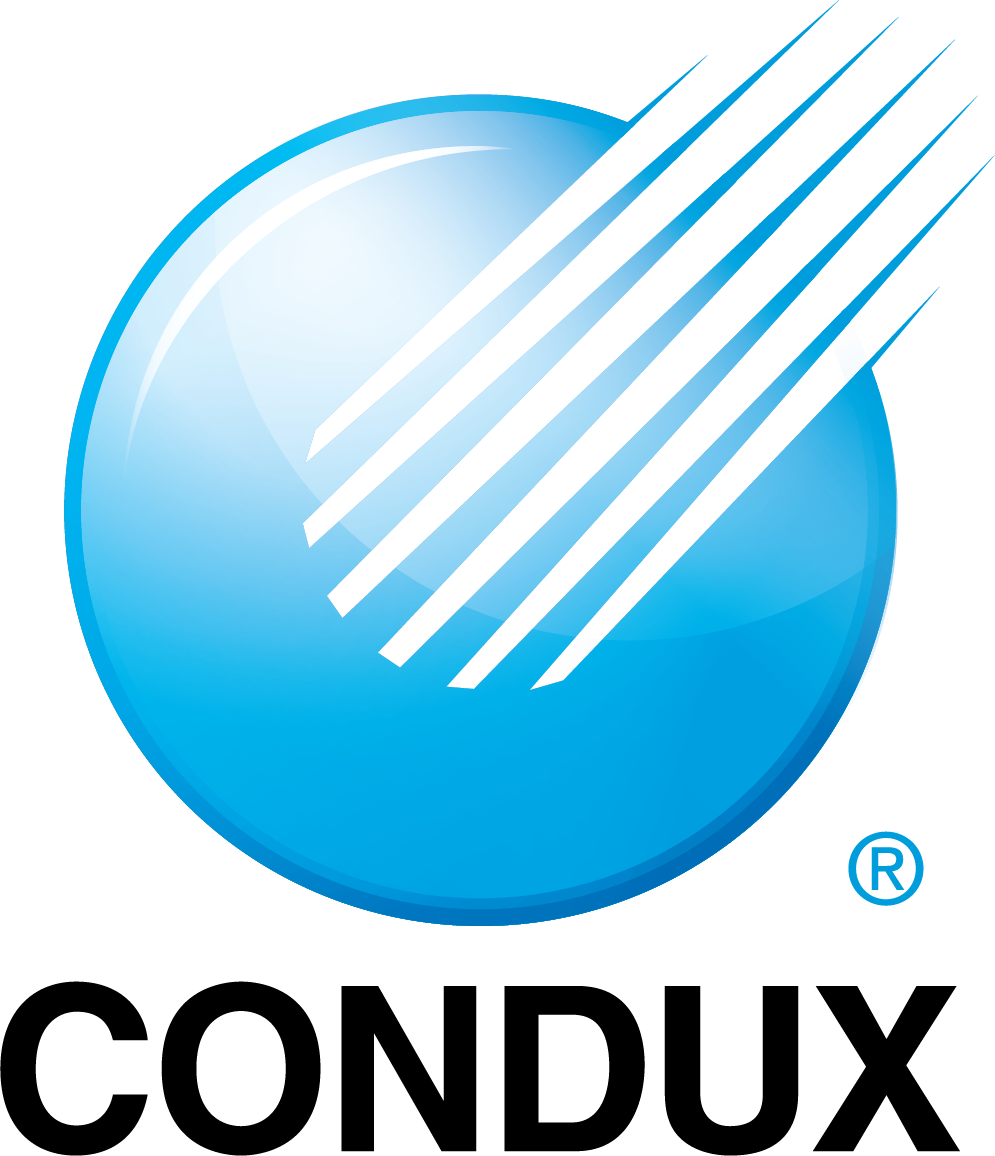Fiber Blower vs. Fiber Puller - Which is better for fiber optic installation?
By Clay Harris - VP of US & Canada Sales at Condux International
For fast and efficient fiber optic deployments, fiber blowers are an essential component of the professional installer’s arsenal. Using compressed air, these machines propel the fiber into telecommunication ducts efficiently and cost-effectively. In this article, we will take a look at a fiber blower and its benefits over traditional fiber pulling methods.
What is a Fiber Blower?
There are several core components that make up a fiber blower. The air block, where compressed air is injected into the system, securely attaching to the duct into which the fiber cable will be installed. Just prior to exiting the air block, the fiber passes through a sealing system which prevents the compressed air from escaping.
The fiber blower also includes a tractor drive system that moves the cable toward the air block, a base upon which the machine is mounted, fittings to securely attach air hoses, a module that shows the distance and speed of the blown cable, and finally, controls that allow the installer to adjust the speed and push force of the cable installation.
How Fiber Blowing Works
The first step in fiber blowing starts with establishing duct integrity. The existence of damage or presence of leaks in the duct is detected by pressurizing and monitoring for loss of air. In addition, a mandrel should be used to check the duct for any obstructions to ensure a continuous pathway that is free and open.
Upon determining the duct is suitable for the installation of fiber, it is critical to perform a ‘crash test’ with the fiber blower. In this process, the operator uses a scrap piece of duct and plug to simulate an obstruction within the system. The fiber is then introduced and adjustments made to the machine such that the force at which the install will occur does not exceed the compression capability of the fiber. In short, if the fiber hits a blockage, the blower will not push hard enough to cause damage.
To prepare the fiber for installation, a cable grip is attached to the end. Then, a swivel and carrier or parachute, sized for the duct, is attached to the grip. Before the cable is fed into the duct, a silicone lubricant should be applied directly into the duct opening. The cable is fed through the tractor drive and the air block and then into the duct. More lubricant should be added behind the carrier after it is placed in the duct opening.
Once the fiber is positioned and the drive lowered and engaged, the hydraulically driven tracks are started. After a couple of hundred feet are ‘pushed’ into the duct, compressed air is introduced into the duct system. When pressure equalizes, the air will seek the path of least resistance and applies a push force to the cable carrier. This force propels the carrier forward. The moving cable carrier then pulls on the cable as it begins to travel through the duct.
As the compressed air propels the fiber cable through the duct, the tractor drive assists, as well as, maintains a controlled installation by managing the speed of deployment. Additionally, the injected air provides a ‘cushion’ for the fiber to ride upon; thereby, reducing friction and allowing lengthier installations. The combination of push and pull reduces potentially damaging forces on the fragile fiber cable.
Advantages of Fiber Blowing Over Fiber Pulling
There are many advantages to using a fiber blower rather than a fiber puller to install a fiber optic cable. The first and the most obvious advantage is less strain on the fiber which lessens the likelihood of damage during installation.
In addition, blowing fiber is less time-consuming, allowing for faster deployments. With properly trained crews and obstruction-free duct systems, many contractors can blow thousands of feet per day.
In conjunction with faster deployment, fiber blowing is less labor-intensive. An installation crew can install much more fiber from a single setup, reducing the amount of work spent moving equipment between access points.
At Condux, we have a range of fiber optic cable blowers suited for virtually every size fiber utilized today. Please take a look at all our fiber cable installation products and contact us if you have any questions.

